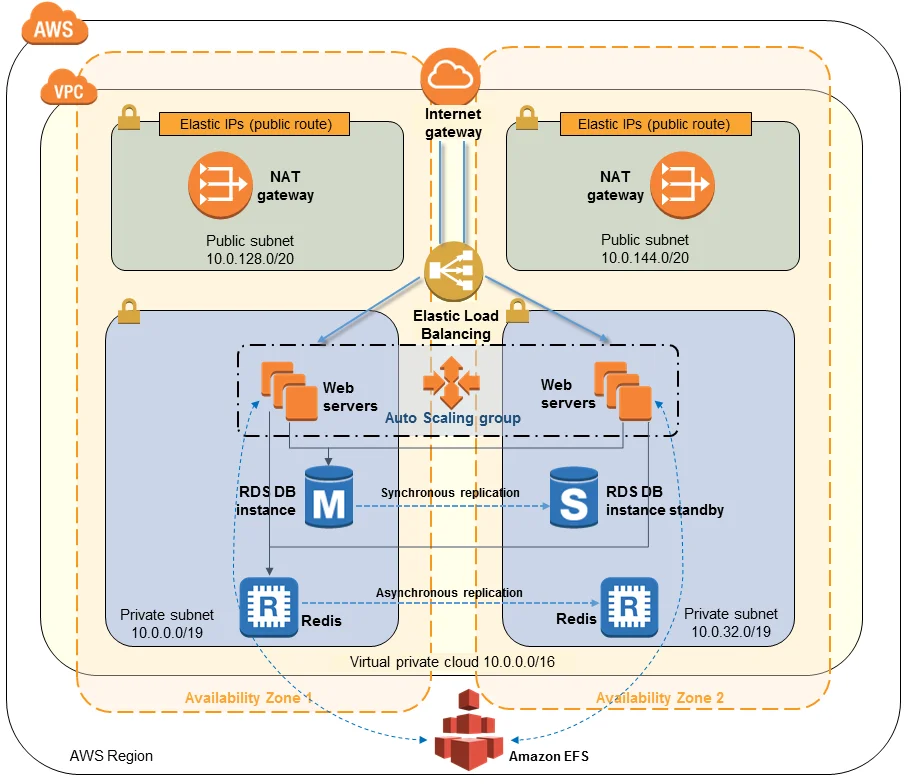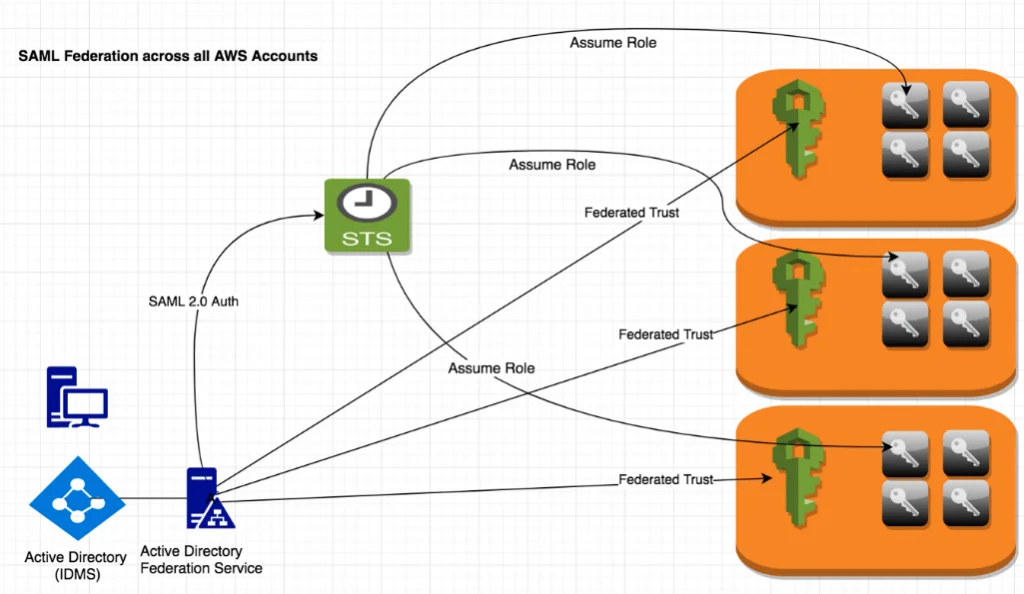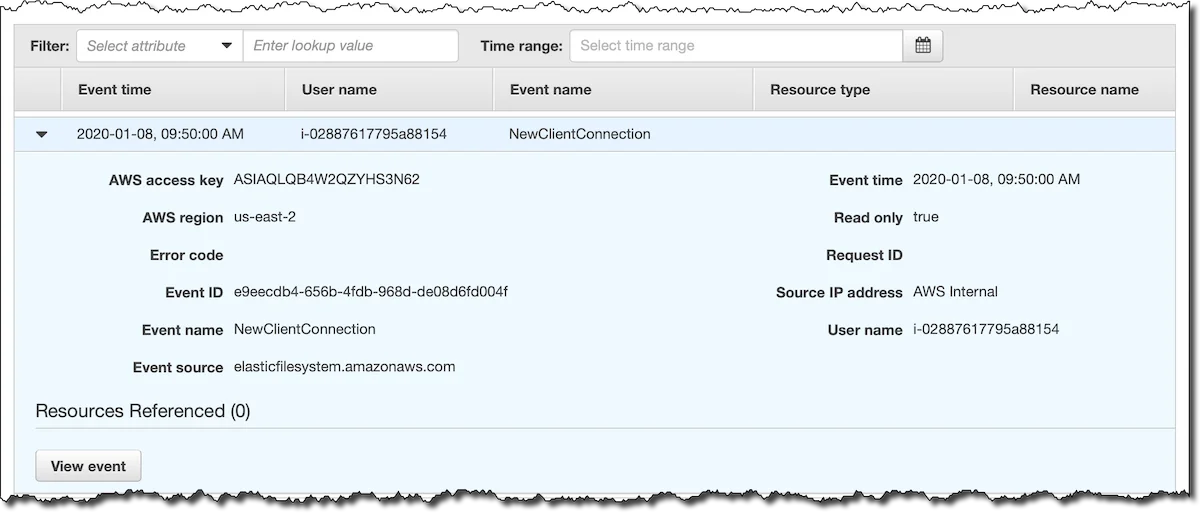Blog
New for Amazon EFS – IAM Authorization and Access Points
Amazon Web Services (AWS) provides enterprises, government, and people with complete cloud-based platforms and environments. It is meant to function reliably and efficiently for the sake of businesses and users. A proper completely secured environment is ensured to highly-sensitive organizations and military services, etc. AWS is quite different and much cost-effective as compared to other cloud platforms, like Google Platform. The Customer Service and end to end the availability of bulk of services makes it very popular among organizations and individuals. The User Interface is interactive and easy to use by the clients and serves as a multi-tasking tool as well. In a nutshell, some basic significant points include Flexibility, Security, No Negotiations, Pay per Use, Experience and Innovations, Elasticity, Reliability, etc. It is beneficial to small scale businesses and startups as well. Some Amazon EFS is a yet more effective and worth topic to be discussed!
Amazon EFS
Amazon Elastic File System or Amazon EFS is a service that acts as cloud storage. It is provided by Amazon Web Services or AWS. Cloud storage is basically computer storage used for storing a large amount of data in the form of logical pools. This service offered by AWS is designed and developed in order to provide scalability, elasticity, and concurrency to the file storage of the system. Along with some restrictions, additionally, it also provides the feature of encryption. The above-mentioned characteristics can be applied and implemented in the case of both AWS Cloud Services as well as with On-Premises Resources.

Amazon EFS is built dynamically so that it can grow and shrink automatically with the addition and removal of data and files. It does it very efficiently and reliably without disrupting the applications. It is a cross-platform operating system, supporting Network File System (NFS) as well. It acts as a common data source to assist with the applications and workloads which operate on multiple instances.

Identity and Access Management (IAM)
Identity and Access Management (IAM) or more precisely AWS Identity and Access Management (IAM) is basically a web service that assists in managing, monitoring and controlling access to AWS resources very securely. We can easily obtain the information and can control it as to users authenticated or have accessed. We can also access the information about the number of users provided with the authorization or permission to access and utilize the resources.
At the time of the creation of an AWS account for the first time, a single sign-in identity is provided offering complete access to all the AWS resources and services associated with the account. The identity is named as the root user of the AWS Account. It can be used for signing using the email address and password used during the creation of the account. SNDK Corp says that it is strongly recommended not to use this identity for daily and administrative tasks. The root user account should be locked and could be used to perform a few account management activities.
How does IAM work?

According to SNDK Corp, IAM infrastructure enables to control authorization and authentication for a user’s account. There are few elements belonging to the IAM Infrastructure which are as follows:
- Terms
- Principal
- Request
- Authentication
- Authorization
- Actions or Operations
- Resources
- Terms include resources, identities, entities, and principals.
- Principal is the task of raising a request for action on an AWS resource through a principal or a person.
- A principal or person sends a Request to AWS in order to access its resources. The request takes in parameters such as resources, principal, environment data, resource data, actions, operations, etc.
- A proper systematic Authentication must be assigned to a principal using valid credentials.
- Authorization is a must mandatory activity in order to complete the request and get access to the resources.
- After the process of authentication and authorization, Actions or Operations get approved by AWS.
- Operations can be performed on the Resources within the account.
New for Amazon EFS – IAM Authorization and Access Points

Data is shared across several computer nodes in case of application development and migration. File API’s are the major content used in the applications. Hence Amazon EFS makes it simple to apply those applications on AWS. A fully scalable and efficiently managed Network File System (NFS) is incorporated making access from AWS Services and On-Premises Resources way much easier. The scalability feature provides strong file system consistency enhancing further scalability and throughput.
There are two new features incorporated which allow us to easily manage access, share files and applications and protect the file systems.
- IAM Authorization and Authentication for NFS Clients: Clients can be identified and implementation of IAM Policies can be initiated in order to manage client-specific permissions.
- EFS Access Points: Any user group or operating system is insisted to be applied. It restricts access to the directory in the file system.
There is a storage class named as EFS Infrequent Access (IA) Storage introduced, which is meant to reduce the storage prices lower down to 92% with efficient cost optimization.
Conclusion
As per the discussion above, there are two new features that have come into the picture in terms of the utilization of cloud-based resources. Amazon EFS now enjoys IAM Authorization and EFS Access points which tend to make the system even more secure and protective. It manages and monitors everything, ranging from client access permissions to restrictions to fast service, etc.
